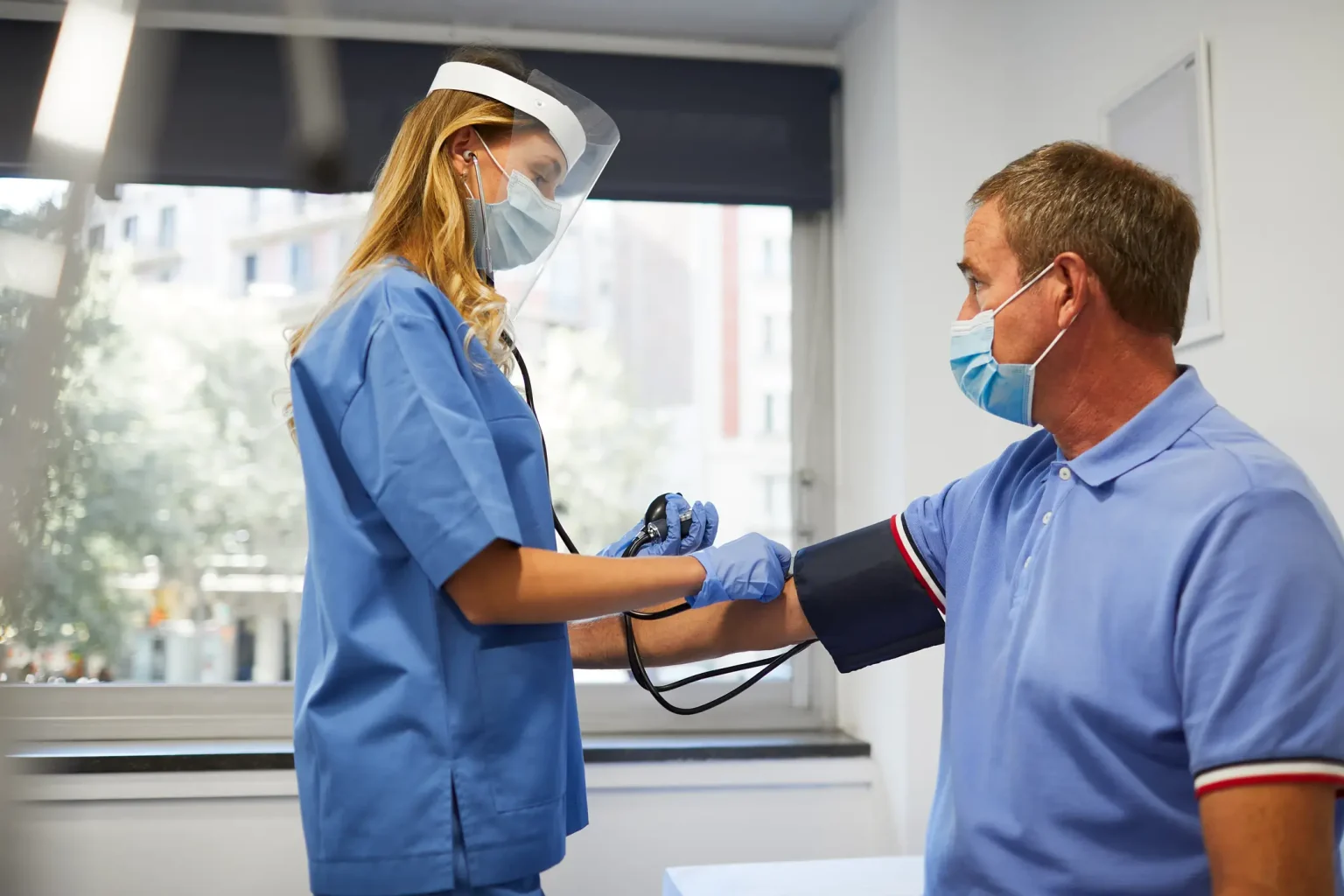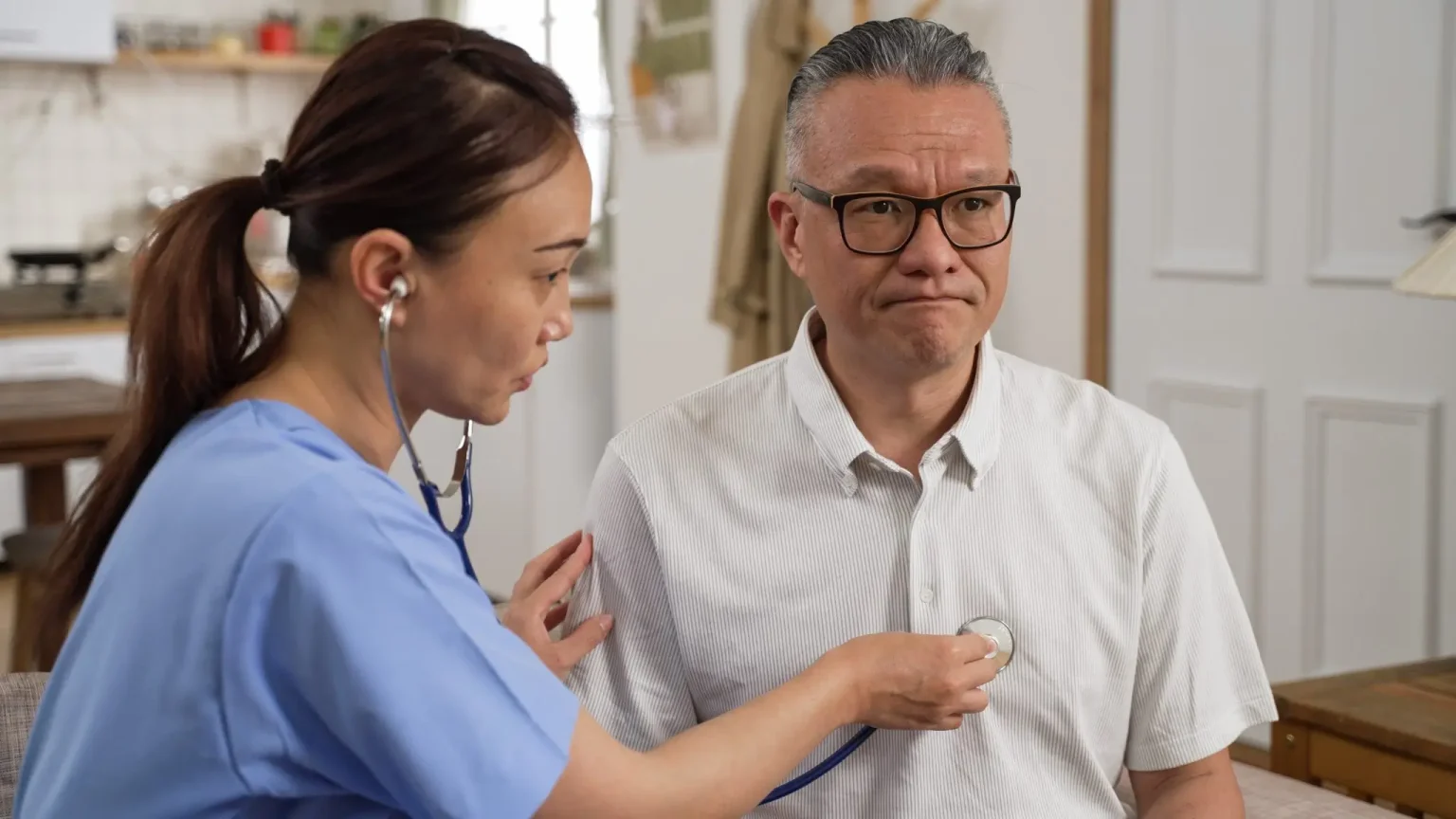As jobs become obsolete due to technology, more students ask if the skills they’ll learn in a vocational school diploma program will remain relevant in an evolving workplace. The good news for medical assistants is, they are. The healthcare field is growing, and a versatile skill set is valuable in diverse and exciting settings.
What Jobs are Available for Diploma Program Graduates?
Medical assisting students learn skills that are applicable in both business and healthcare. Program graduates can work in many different workplaces, and as employers increasingly recognize what medical assistants can offer, roles are expanding. Today’s medical assistant graduates will find jobs as:
Job #1: Medical Assistants
Most medical assisting graduates choose to work in private practices. Depending on their job description, they work under the supervision of a doctor, nurse or practice administrator. Their job is to provide support for clinical and clerical staff, working directly with patients, vendors and other healthcare professionals. Their responsibilities include:
- Managing the schedule
- Triaging patient phone calls
- Rooming clients
- Taking vital signs
- Updating medication and allergy lists
- Assisting with physical exams
- Phlebotomy
- Administering immunizations
- Performing diagnostic tests
- Assisting with insurance claims
- Billing and coding
- Ordering clinical and office supplies
- Sterilizing instruments
- Maintaining equipment
- Educating patients
Medical assistants can also choose the type of practice they work for, from cardiology to maternal health. It’s a practical way for students with a passion for wellness to hone their skills in a particular area of interest or expertise.
Job #2: Medical Office Assistants
With a medical assistant diploma or medical office assistant specific diploma program, graduates can become medical office assistants in many medical facilities. Medical office assistants manage front office tasks, such as:
- Making appointments
- Answering patients’ non-clinical inquiries
- Welcoming clients
- Overseeing the reception area
- Updating demographic information
- Completing insurance claims
- Billing and coding
- Ordering office supplies
- Assisting with marketing and client outreach efforts
- Helping with financial reports
- Taking payments
- Managing medical records
Working under the supervision of an office manager or practice administrator, they interact with patients but have no clinical role. Still, everything they do impacts clinical staff, so they work closely with doctors and nurses to ensure a positive patient experience.
Job #3: Medical Billing and Coding Specialists
Medical assistants with an aptitude for administration may choose to work as billing and coding specialists in a hospital or doctor’s office under a manager’s supervision. A medical billing and coding specialist’s role is to manage insurance claims, so healthcare facilities are paid on time. They’ll rarely work with patients directly, instead, spending most of their communicating with insurers and clinical staff who can answer service-related questions. A typical day might include:
- Coding insurance forms
- Submitting and troubleshooting claims
- Obtaining insurance preauthorization for services
- Assisting with credit service and payment plans
- Posting payments
- Light accounting
- Financial reporting
Job #4: Hospital Medical Assistants
A medical assistant employed in a hospital will most likely be a unit clerk or work in a single department, such as the emergency room or radiography. The supervisors and colleagues they work with will vary based on the job description, and in most roles, the medical assistant will have direct contact with patients and their families. Clerical job responsibilities may include:
- Checking in patients
- Verifying demographic and insurance information
- Reviewing consent to treat forms
- Collecting co-payments
Medical assistants’ clinical responsibilities may be limited on inpatient floors because of acuity, but in outpatient departments, duties will be similar to those in a private practice.
Hospitals are ideal settings for medical assistants who want to learn more about healthcare by working in different departments. Working through the ranks builds experience that looks good on a resume and helps qualify for promotions.
Job #5: Long-term Care Medical Assistants
Medical assistants were once rare in long-term care facilities, most states forbid anyone but nurses and certified nursing assistants from providing hands-on patient care. But clerical support roles are emerging that make the most of a medical assistant’s clinical expertise. Duties in a nursing home or assisted living facility may include:
- Hospitality and client outreach
- Marketing
- Greeting families
- Giving facility tours
- Ordering supplies
- Light bookkeeping
- Billing and coding
- Submitting insurance claims
- Transcribing doctor’s notes
- Managing patients’ outside appointments
- Scheduling transportation
- Assisting with activities
- Filing and archiving records
Under the supervision of a nurse or facility administrator, medical assistants work side-by-side with residents, nurses and paraprofessional staff.
Job #6: School Medical Assistants
Schools are increasingly serving as gateways through which to deliver more timely healthcare to students. In addition to school nurses, larger education systems may employ medical assistants for additional support as allowed by individual states. Under the supervision of a bachelor’s-educated registered nurse, they will work with school personnel to enhance student access to healthcare by:
- Managing correspondence
- Filing and data entry
- Updating student health records
- Assisting with education programs
- Administering vaccinations
Children who were once excluded from school because of serious health conditions can now attend the same classes with peers if they have medical support. Working in a school is a personally rewarding role.
Job #7: Doctor’s Assistants
All medical assistants are doctor’s assistants, but instead of managing a broad range of responsibilities, some are dedicated to working only with the physician as a second pair of hands. For example, when podiatrists visit nursing homes to cut residents’ toenails, having someone available to help position patients and pass instruments makes the process more efficient.
Similarly, doctors who perform in-office biopsies may want a dedicated medical assistant to help during procedures and handle sample processing. Male doctors working with women and children may want a second person in the room for their patients’ comfort and to protect themselves from impropriety accusations. Tasks for a doctor’s assistants include:
- Pre-procedure education
- Patient positioning
- Providing emotional support for patients during uncomfortable procedures
- Assisting with in-office surgery
- Post-procedure education
- Suture and staple removal
- Wound care
A medical assistant serving as a doctor’s assistant shouldn’t be confused with a “physician’s assistant.”Physicians assistants, or PAs, require at least a master’s degree plus a year of relevant clinical experience to practice.
Job #8: Laboratory Medical Assistants
Medical assistants with a diploma and a strong aptitude for science may enjoy working in a laboratory. Commercial labs and hospitals hire MAs to handle mostly administrative duties. But in a private practice, a medical assistant can draw blood, process samples and run most in-house diagnostic tests under the supervision of licensed clinical staff. What does an average laboratory medical assistant do?
- Drawing blood
- Preparing samples for testing
- Running tests in select settings
- Coding requisitions
- Packing samples for shipment to outside laboratories
- Filing and data entry
- Patient education
- Fielding client inquires
In most states, medical assistants can work as phlebotomists in doctor’s offices without additional training. Hospitals prefer to hire certified phlebotomists, a position for which a vocational school diploma plus a short training course qualifies the medical assistant.
Job #9: Public Health Medical Assistants
The recent pandemic has underscored the importance of public health planning. Officials at the federal, state and local levels depend on nurses and support staff, including medical assistants, to analyze data and deliver critical medical services during a crisis.
In addition to practical interventions, such as offering immunizations and disease testing, they also monitor changing health trends in the community by tracking the medical codes used for insurance forms and death certificates. Reports are used to identify at-risk populations and make budget decisions that allocate resources where they’re needed most.
Public health departments assist hospitals and provide mobile services to rural communities with few healthcare providers. Depending on the job description, a medical assistant’s duties may include direct contact with the public and clinical, administrative or blended responsibilities, such as:
- Data collection
- Coding analysis
- Records management
- Diagnostic testing
- Sample collection
- Administering vaccinations
- Taking vital signs
- Assisting with marketing and education programs
As attention to public health needs grows, expect more opportunities for medical assistants.
Job #10: Medical Records Technicians
Healthcare facilities process billions of gigabytes of medical data annually. New records are stored electronically, but old paper records remain an essential part of patients’ health history and require proper storage.
Medical assistants have the clinical know-how and the clerical expertise to manage large volumes of records efficiently under a manager’s supervision. A medical records technician’s responsibilities are:
- Filing and data entry
- Compiling health information
- Responding to provider and patient requests for information
- Obtaining legal consent to view records
- Managing databases
It’s a perfect job for graduates with the soft skills necessary to work with the public and who enjoy technology and information science.
Why is Getting a Medical Assistant Diploma Important?
Employers prefer applicants with proven skills. Doctors are also legally responsible for employees’ job performance, so they’re taking a risk hiring unqualified staff.
The country’s top insurer, Medicare, requires medical assistants have at least a diploma to enter doctor’s orders in patients’ health records, so it’s natural for employers to lean toward hiring vocational school graduates.
A diploma is also the key to professional growth. Medical assisting can be a forever career or a springboard to a degree. Just a few months of training replaces years of experience. Diploma programs prepare graduates for optional certification through the American Associate of Medical Assistants (AAMA) or similar agency. Every credential you earn makes you a more valuable job candidate in the future.
Final Thoughts
The modern workplace has changed. Most adults will have more than one career in their lives, training and retraining for new jobs as the landscape evolves. But medical assistants can turn a single diploma into a lifetime of opportunity. It’s the versatile, future-forward career you’ve been looking for.
Ready to start a new job with a medical assistant diploma? Gwinnett Colleges & Institute offers medical assisting courses to gain essential skills and training. The core curriculum focuses on the medical assisting skills and training you will need to seek entry-level employment in physicians’ offices, clinics, hospitals, and other medical settings needing the services of associates trained in both front and back office medical assisting skills. These medical assisting courses will be the first step in starting a rewarding career.
Contact us to learn more about how you can become a medical assistant today.



